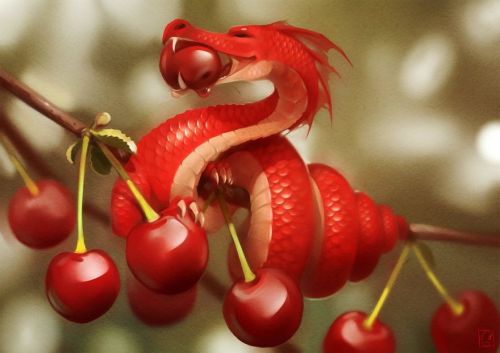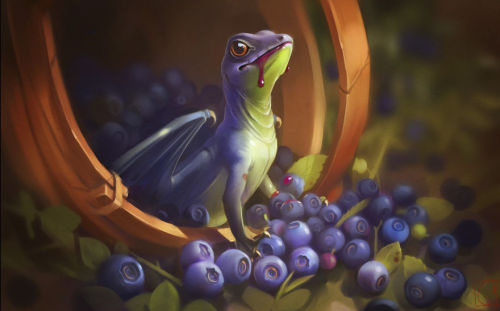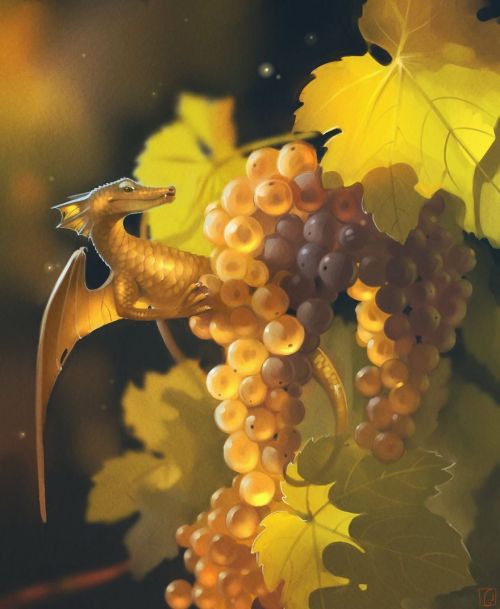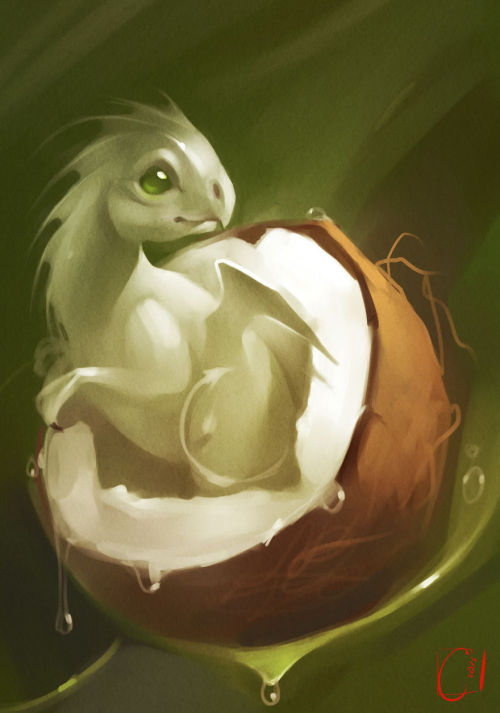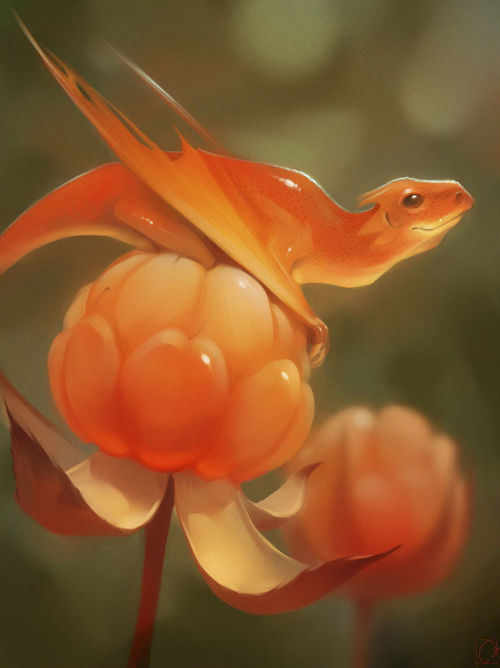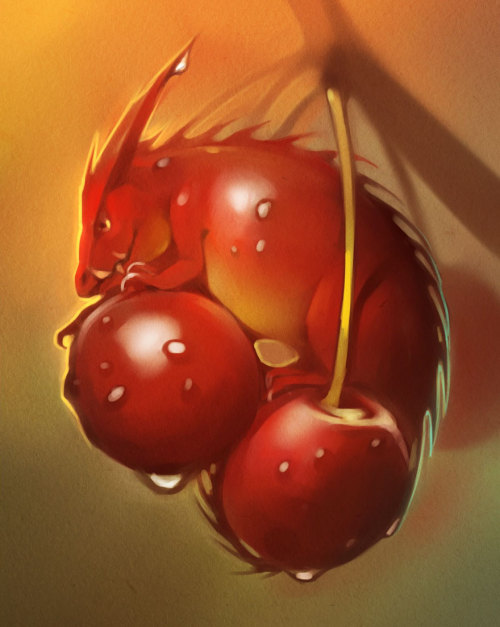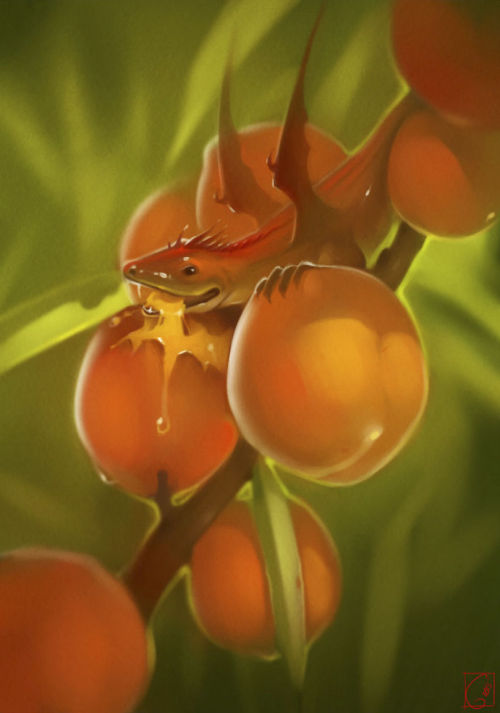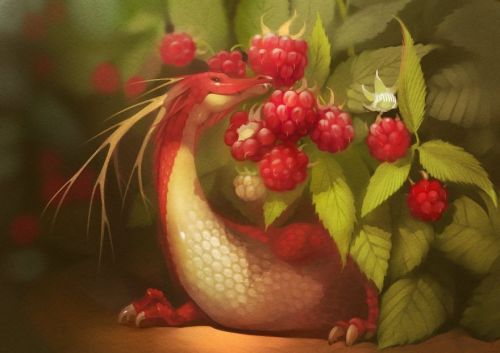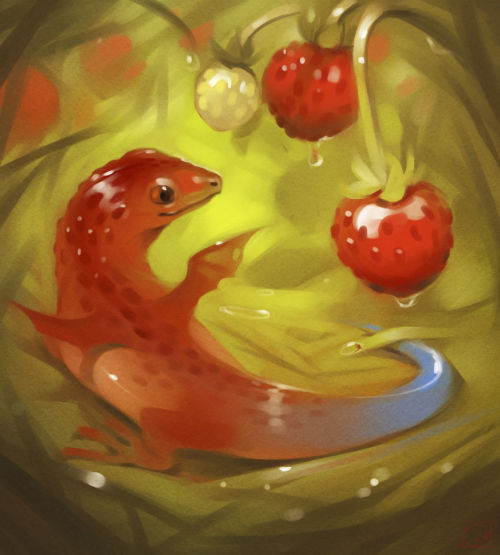A Few Years Later I Decided To Return To Magic, Played Prerelease, Decided To Buy Few Bundles Of The
A few years later I decided to return to Magic, played Prerelease, decided to buy few bundles of the latest releases – and was very disappointed. The visual guide is the main reason for taking them. I am sad that I did not read the composition before buying, and now I regret the money spent…
Hi! As someone working in a country where English isn’t the primary language ordering an English language bundle and then using the set booklet to help in drafts and sealed at the LGS I found was really useful. What prompted removing them from the Core 2020 set and the upcoming ELD set (if I read the packs and content article right)?
Here’s the story. We constantly do market research on products to make sure we’re including the right components. This means we seek out Bundle buyers and ask them to rate the importance to them of each item that comes with it.
The card guides are much beloved by a small subset, but are generally disregarded by the majority of buyers. We kept the card guide in the set for many years despite the poor showing in the market research, because we personally liked them.
But eventually, the market research caught up. It became hard to justify something that the vast majority said they didn’t care about.
I feel your pain. I too liked the card guides. But I recognize that if enough consumers don’t want something, we need to find things they do want.
That’s the reason.
More Posts from Q587p and Others





Kmeny (”Tribes”) - New Czech LARP set in a fictitious tribal society
(photos by EXPit thru lens)
Fun Crafts With Dirt!!!
First, make a small hill:

Make sure it's high enough to see all of your neighbors!
Now dig a circular ditch around an area in front of your hill:

Don't forget to use that extra dirt from the ditch to make an embankment:

If you're feeling especially funky and creative you can sharpen some logs and put them on top of that embankment for a palisade:

CONGRATULATIONS! You have now made your own Motte (not the apple sauce brand, that's Mott) and Bailey castle!

Proceed to exercise your feudal authority over your neighbors at your leisure.
Spooky scritches
(via)
If someone said "show me the cutest animal I've never seen before", what would you show them?
the pygmy jerboa!


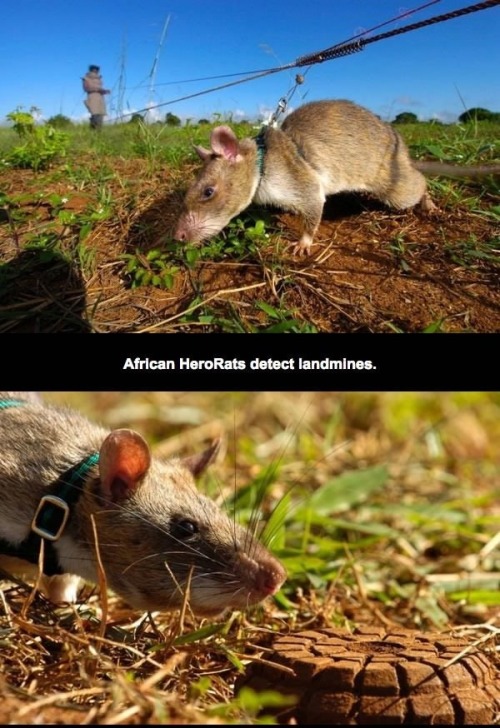
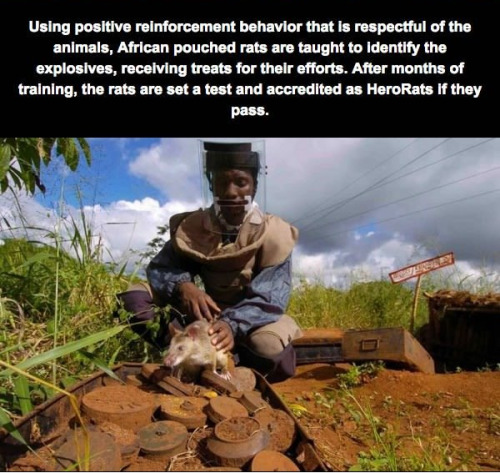


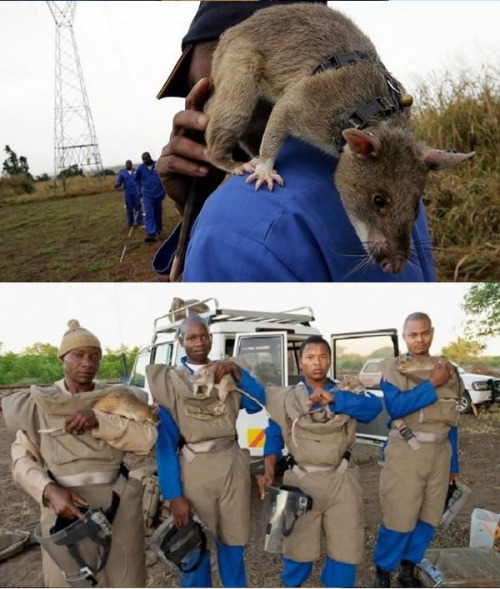

Hero Rats

Calling this “extrovert timeshare”
• An Oxford comma walks into a bar, where it spends the evening watching the television, getting drunk, and smoking cigars.
• A dangling participle walks into a bar. Enjoying a cocktail and chatting with the bartender, the evening passes pleasantly.
• A bar was walked into by the passive voice.
• An oxymoron walked into a bar, and the silence was deafening.
• Two quotation marks walk into a “bar.”
• A malapropism walks into a bar, looking for all intensive purposes like a wolf in cheap clothing, muttering epitaphs and casting dispersions on his magnificent other, who takes him for granite.
• Hyperbole totally rips into this insane bar and absolutely destroys everything.
• A question mark walks into a bar?
• A non sequitur walks into a bar. In a strong wind, even turkeys can fly.
• Papyrus and Comic Sans walk into a bar. The bartender says, "Get out -- we don't serve your type."
• A mixed metaphor walks into a bar, seeing the handwriting on the wall but hoping to nip it in the bud.
• A comma splice walks into a bar, it has a drink and then leaves.
• Three intransitive verbs walk into a bar. They sit. They converse. They depart.
• A synonym strolls into a tavern.
• At the end of the day, a cliché walks into a bar -- fresh as a daisy, cute as a button, and sharp as a tack.
• A run-on sentence walks into a bar it starts flirting. With a cute little sentence fragment.
• Falling slowly, softly falling, the chiasmus collapses to the bar floor.
• A figure of speech literally walks into a bar and ends up getting figuratively hammered.
• An allusion walks into a bar, despite the fact that alcohol is its Achilles heel.
• The subjunctive would have walked into a bar, had it only known.
• A misplaced modifier walks into a bar owned by a man with a glass eye named Ralph.
• The past, present, and future walked into a bar. It was tense.
• A dyslexic walks into a bra.
• A verb walks into a bar, sees a beautiful noun, and suggests they conjugate. The noun declines.
• A simile walks into a bar, as parched as a desert.
• A gerund and an infinitive walk into a bar, drinking to forget.
• A hyphenated word and a non-hyphenated word walk into a bar and the bartender nearly chokes on the irony
- Jill Thomas Doyle
I already made a post how russian propaganda works and why they spread specific discourse.
Now here's a scheme how they usually operate:

Another way russian trolls work is this:
Create unpolitical group (about kittens, gardening, memes, local properties, etc) -> gain followers who are interested in the topic. Create a stable following of at least 100 people -> slowly start dropping political posts or memes to test the waters. Posts would be rare and far-between, and not particularly polarizing, but a strong enough topic to get a response (likes, comments, etc) -> as engagement in these posts rises (fuelled by a bunch of fake accounts supporting the narrative and creating an illusion of community and common worldview), they increase in numbers, gradually replacing the original intent of the group. This is where some people would leave, but those more easily swayed, loyal members, or those supporting the ideas will remain -> gradually change the tone of the posts from innocently questioning to blatant push narrative and accusations, radicalizing the general view -> finally, as the final form is revealed, those who still remain in the group will be persuaded and might begin sharing some of the posts on their personal pages, further spreading disinformation and propaganda.
How would it look like in terms of, for example, anti-Ukraine propaganda?
1. A cat-owner group is created. It contains articles about cat well-being, maybe some location-specific shelter information to make it look more natural, funny memes, etc - anything that would grab attention and would be boosted by algorithms.
2. As following rises, an article or two about horrible conditions of cats in Ukraine would appear. The headline might even raise some innocent-sounding questions that would encourage reactions and discussions.
3. Gradually cat-unrelated posts about Ukraine will appear, all mildly critical or questioning. Nothing too radical nor openly negative, but enough to plant some seeds of doubt, generate discourse, and thus get further boosted by algorithms.
4. Posts about cats would slowly lose engagement while political posts will slowly replace those about cats in numbers. All done gradually so very few would notice, as they would be busy engaging in discussions.
5. Posts would become more strongly worded against Ukraine. They would feature fake news or deliberately negative information to create an overall illusion that Ukraine = bad.
6. Those who remain after all this would at the very best start questioning if Ukraine really is the victim and good. No praising of russia would be featured - no need. All that's necessary is, at the very least, to make people believe that both sides are equally bad. At worst people would start genuinely supporting russia and attempt to spread that message to their friends and relatives to "open their eyes to truth".
Very simple yet very effective.
Animal Crossing Fish - Explained #62
Brought to you by a marine biologist who has a pen…and has a pineapple…
CLICK HERE FOR THE AC FISH EXPLAINED MASTERPOST
Tell me if I’m referencing memes that are too old and watch me not care. Anyway, let’s go over the Sea Pineapple, because I bet you don’t know really what it is, and tbh, I didn’t for a second either. But it turns out it is a type of Sea Squirt, and therefore, of all the invertebrates in the game, we, as vertebrates, are most closely related to this thing. I’ll explain in a minute:

We here on Northern Hemisphere islands are able to dive for this thing all day and night, so if you haven’t caught one yet, just give it some time. Then, when you give your first one to Blathers, it’s put into the big coastal tank underneath the coral reef tank and it just…sits there. Which is totally understandable, considering this animal - yes, it’s an animal - lives a sessile life, meaning it attaches to something and stays there. It also filter feeds, so you see its little siphons opening and closing.
The Sea Pineapple is a real animal, Halocynthia roretzi and it’s eaten primarily in Korea and less so in Japan, despite the fact that a lot people say it tastes like not-food. But, hey, humans will eat anything.

So, Sea Pineapples are a kind of Sea Squirt, aka a Tunicate, a soft, squishy that sits on the seafloor and filter feeds. But despite this thing not having a face or an interesting lifestyle, the fact remains we’re more closely related to it than we are to the cooler invertebrates, like insects, worms, or octopuses. They belong in the Phylum Chordata with us, the even-more-interesting vertebrates. Now, I’m gonna try REAL HARD not to go off on a nerd-tastic tangent, but this is one of my favorite topics - chordate phylogeny.
So, what’s a Chordate? It is not synonymous with “vertebrate” although lots of us in the phylum are vertebrates. All animals in this phylum have 5 very distinct features that no other group has, either during our whole lives or part of our lives (that includes larval or embryonic stages). They are:
A post-anal tail, meaning our bodies extend past our anus.
We have a notochord, aka what my professor called “the stiffening rod of the body”. In humans, this is our spine.
A dorsal neural tube that, in us vertebrates, is the spinal cord, the main communication highway of the nervous system.
An endostyle/thyroid gland.
Pharyngeal slits, which often become gills in adult stages of chordates.
Although the Sea Pineapple doesn’t look like it has any of these features, its larvae do, which puts them in the same phylum as us vertebrates. Wild, huh?And this list of features puts us together with some weird stuff, the weirdest has to be tunicates, as shown by this phylogenetic tree:

^From this site. This should look kind of familiar since a stylized one is on the floor of the fossil section of the museum. I’ll do a special fish-explained to talk about that and how to read one of these. But basically, every node, or intersection of the branches represents the last common ancestor of the groups at the end of the branches. Once you can read these, you start to find out some very interesting, and mind-blowing facts, like, we’re all just derived fish and that birds evolved from dinosaurs and whales are most closely related with hoofed mammals and we’re related to boring tunicates instead of cooler things, like horseshoe crabs.
And there you have it. Fascinating stuff, no?
-
 q587p reblogged this · 3 years ago
q587p reblogged this · 3 years ago -
 atta-turk liked this · 5 years ago
atta-turk liked this · 5 years ago -
 candlecandlecandles liked this · 5 years ago
candlecandlecandles liked this · 5 years ago -
 dafyomilimerick liked this · 5 years ago
dafyomilimerick liked this · 5 years ago -
 campaigner80 liked this · 5 years ago
campaigner80 liked this · 5 years ago -
 demigirlpizzalover liked this · 5 years ago
demigirlpizzalover liked this · 5 years ago -
 destroyer-of-worlds-265 liked this · 5 years ago
destroyer-of-worlds-265 liked this · 5 years ago -
 shnow reblogged this · 5 years ago
shnow reblogged this · 5 years ago -
 useheeliestoescapeyourfeelies liked this · 5 years ago
useheeliestoescapeyourfeelies liked this · 5 years ago -
 goodshepherd2301 reblogged this · 5 years ago
goodshepherd2301 reblogged this · 5 years ago -
 arashisann liked this · 5 years ago
arashisann liked this · 5 years ago -
 havensglow-reblogs liked this · 5 years ago
havensglow-reblogs liked this · 5 years ago -
 bored-umm liked this · 5 years ago
bored-umm liked this · 5 years ago -
 spirit-swordsman liked this · 5 years ago
spirit-swordsman liked this · 5 years ago -
 ransapar liked this · 5 years ago
ransapar liked this · 5 years ago -
 nocturnaltherapist reblogged this · 5 years ago
nocturnaltherapist reblogged this · 5 years ago -
 natew000 liked this · 5 years ago
natew000 liked this · 5 years ago -
 etymologeez liked this · 5 years ago
etymologeez liked this · 5 years ago -
 magicthecasual liked this · 5 years ago
magicthecasual liked this · 5 years ago -
 theloganite liked this · 5 years ago
theloganite liked this · 5 years ago -
 smurfyscott liked this · 5 years ago
smurfyscott liked this · 5 years ago -
 istarkano liked this · 5 years ago
istarkano liked this · 5 years ago -
 riverofmolecules liked this · 5 years ago
riverofmolecules liked this · 5 years ago -
 trumanthegraymerchant liked this · 5 years ago
trumanthegraymerchant liked this · 5 years ago -
 fossilizedmiku liked this · 5 years ago
fossilizedmiku liked this · 5 years ago -
 levthelurker liked this · 5 years ago
levthelurker liked this · 5 years ago -
 u-flame liked this · 5 years ago
u-flame liked this · 5 years ago -
 jmcn9299 liked this · 5 years ago
jmcn9299 liked this · 5 years ago -
 macrochelys liked this · 5 years ago
macrochelys liked this · 5 years ago -
 blood-fish-god liked this · 5 years ago
blood-fish-god liked this · 5 years ago -
 shiftyeyes82 liked this · 5 years ago
shiftyeyes82 liked this · 5 years ago -
 raytyger liked this · 5 years ago
raytyger liked this · 5 years ago -
 rosebuncat liked this · 5 years ago
rosebuncat liked this · 5 years ago -
 gollumni liked this · 5 years ago
gollumni liked this · 5 years ago -
 redbishopp liked this · 5 years ago
redbishopp liked this · 5 years ago -
 slimeyredmobilesuit liked this · 5 years ago
slimeyredmobilesuit liked this · 5 years ago -
 bananas-de-fire liked this · 5 years ago
bananas-de-fire liked this · 5 years ago -
 markrosewater reblogged this · 5 years ago
markrosewater reblogged this · 5 years ago
